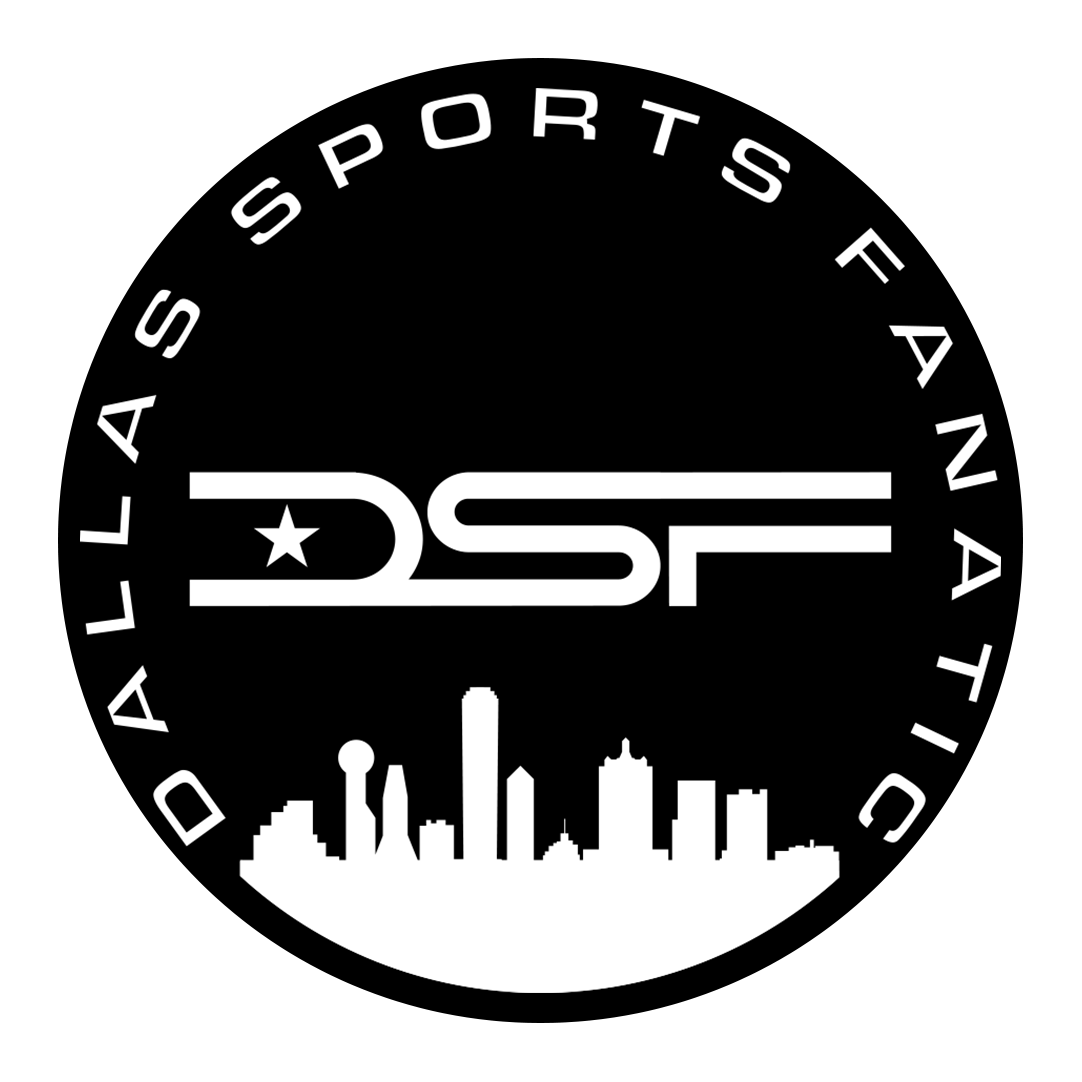The PGA Tour is back.
On June 11th, 2020, the PGA Tour’s best will be back on the course competing for the first time since the Player’s Championship was cut short due to safety concerns related to COVID-19.
The Charles Schwab Challenge takes place at Colonial Country Club in Fort Worth, TX. The tournament usually produces few big-name players, but this year the field is littered with high ranking players – including world number one Rory McIlroy.
The PGA Tour is among the first professional sports to return to full action and will be under strict safety guidelines. The players will be required to undergo a thermal reading and a nasal swab COVID-19 test in order to compete, according to the PGA Tour’s official health and safety plan. Additionally, the players and caddies will undergo daily screenings to ensure that they are still clear of the virus throughout the tournament.
“We’re excited about how the PGA Tour can play a role here in the world’s return to enjoying things we love and doing so in a responsible manner,” Senior Vice President of the PGA Tour Tyler Dennis, said in a conference call.
Typically, the course would be packed with eager fans trying to get a glimpse of their favorite player’s golf swing. This year, however, the show will go on with no fans in the gallery. In fact, the only personnel allowed on the grounds will be those deemed “essential” to running the tournament. These individuals include players and their direct support teams (caddies, coaches, interpreters), limited media, scoring/tournament personnel and broadcast crew members.
Safety remains the primary focus for the Tour as they return to competitive play. There will be an emphasis on social distancing practices, sanitary methods across the grounds and limited, contact between personnel. The Tour has developed their safety and health plan with the consultation of PGA Tour medical advisors and experts from the Harvard Medical School, according to Senior Vice President of Tournament Administration Andy Levinson.
“The PGA Tour is providing all the face masks and disinfectant wipes, covering the costs of testing each week and providing thermal screening services and equipment,” Levinson said. “We’ve really taken the approach of looking at every single person who’s onsite, walking a day in their shoes, trying to recognize those touchpoints and understanding ways that we can mitigate that.”
Even with strict safety measures in place, the possibility of positives tests are still something that need to be accounted for. In the event of a positive test, the Tour will comply with all local health authorities as well as CDC guidelines. Additionally, that player will be forced to withdraw from the tournament and enter a 14-day quarantine period.
“When there is a positive test, there does have to be some contact tracing,” Levinson said. “That is why it is imperative that we emphasize and educate the social distancing point, so we are not faced with that situation.”
While American fans and players are looking forward to getting back on the course, there remains very real logistical challenges for those international players who returned to their home nations to quarantine.
“We are working with the federal government to facilitate the return of players and caddies who are currently residing outside of the United States,” Levinson said. “We are optimistic that that’s going to occur.”
However, certain international players do not share this optimism. Adam Scott, Lee Westwood, Tommy Fleetwood and Eddie Pepperell have all told various news outlets that they would not leave Europe because of the amount of time they would have to spend quarantining upon arrival to the US and then again when they return to Europe.
“If they’re not showing symptoms and I somehow picked it up inside the course, I’m disqualified, I’m now self-isolating in that city for two weeks.” Scott told the Associated Press. “I’d be annoyed if that happened. I thought you’d start quite tight and loosen those protocols to normal if appropriate.”
Despite the concerns, this will be a preview of what to expect from a professional sports league in relation to testing and safety and health plans moving forward. As the sports world begins to slowly dip their toes back into the water, it will be under the watchful eye of the “new normal” that exists in the fallout of COVID-19.

You must be logged in to post a comment Login
You must log in to post a comment.